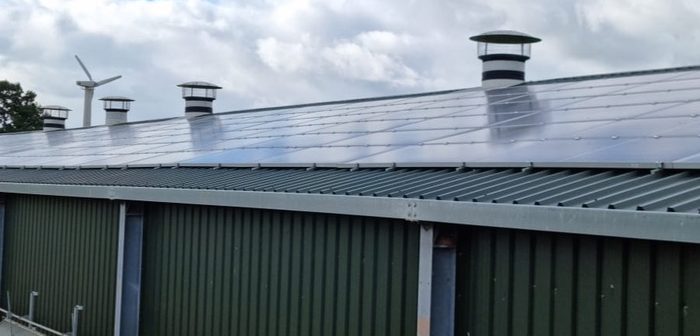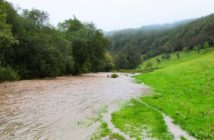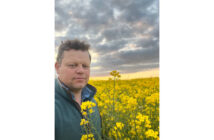Installing solar PV technology is a ‘no-brainer’ for farmers thinking about investing in long-term energy security and could pay for itself within two to three years, SAC Consulting has revealed.
Senior Renewables Consultant, John Farquhar, has reported a surge in interest from farmers looking to take advantage of this ‘low-risk, high reward’ investment. He explained that traditionally, solar panels would return around 5p/kWh exported to the grid, but over the last three months, in response to rising electricity prices, he has seen this increase to over 15p/kWh.
He said: “Over the last three months our team has been receiving five to ten calls a week from farmers enquiring about solar PV installations. With the export tariff rate unlikely to drop for the foreseeable future, farmers could make their money back within two to three years, whereas before they would have been looking at around seven years.
“Solar installations are very straightforward from a planning point of view, and we would suggest looking at roof-mounting panels on sheds. Dairy farmers have traditionally been very quick to invest in solar, due to often high refrigeration costs, but we are seeing a spike in interest from livestock farms with lower input costs, looking to take advantage of selling electricity back into the grid.”
Poultry farmer John Seed of Woodend Farming Partnership invested in a 75kW solar roof-mount on his farm in July this year, which he explained has offset power costs by at least £27,000 a year.
“We started investigating solar as a way to reduce costs and cut our carbon emissions that had been identified in the carbon audit we did with SAC Consulting, using Agrecalc, last year,” he said.
Net power exporters
“We have become net power exporters and anticipate reducing our electricity purchases by at least 80 per cent which will protect the business against sharp increases in prices. We are selling surplus power using brokers and have seen values more than double from the 21p/kWh we originally budgeted. Our power costs would have risen by at least £27,000 per year if we had not done this.”
Energy systems provider Topling Limited explained that rising global demand for solar PV technology in recent years has brought the costs of equipment and installation down to such low levels, that solar has almost become a commodity.
“Solar pricing has come down, but conversely electricity pricing has gone up, so you really are getting bang for your buck in terms of offsetting initial costs,” said Topling’s Tom McKay, who supported John Seed with his recent installation.
“It really is a no-brainer to have your own on-site generation, as you are not at the behest of external influences when it comes to future market fluctuations in electricity prices. We have seen a surge in demand for medium installations from farmers, as placing panels on the roof doesn’t need planning permission and you’re getting your money back within two to three years.
“However, there is a limit to how much energy can be exported back to the grid and with many farmers in one area looking to tap into the high export tariff prices, it really is a first-come-first-served basis.”
Farmers interested in learning more about the benefits of solar PV installations, as well as other types of renewable energy, can access further information via the Farming For a Better Climate website at www.farmingforabetterclimate.org.




